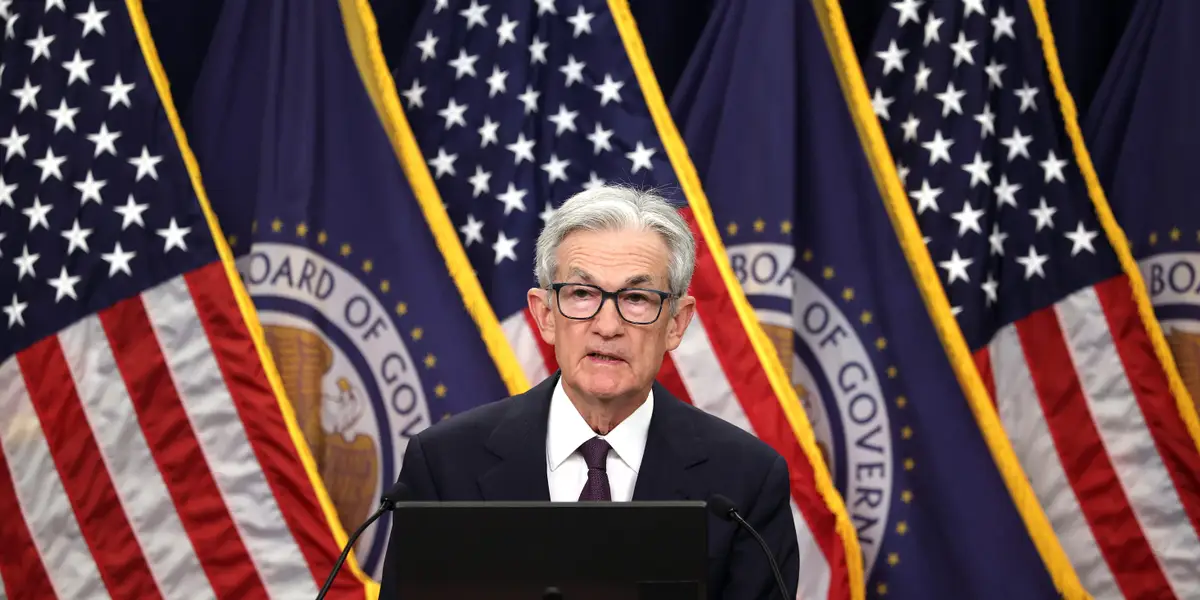The Federal Reserve announced its second rate cut of the year Wednesday. If Wall Street’s prediction of three rate cuts before the end of the year holds true, that means it’s two down, one to go.
Here’s how the new, lower-rate cycle will impact deposits, credit, and debt.
How rate cuts affect checking and savings accounts
2025 has been a year of modest earnings on deposit accounts. Another rate cut won’t help.
Checking accounts
Your checking account earns only a fraction more than money under a mattress. The convenience of liquidity limits your earning power.
The national average of interest paid on checking accounts has barely budged much this year and remains at 0.07%. Imagine that moving even lower. Is it possible? Yes.
Savings accounts
Interest rates on savings accounts are only marginally better, remaining at 0.40%. But savings accounts are for near-term money.
High-yield savings accounts have been more effective interest payers. Rates are still barely clinging to 4%, with some financial providers slightly above or below that.
This is one category where rate shopping really pays off. Especially as interest rates move lower.
Money market accounts
If you have $10,000 or more that you want to keep on the sidelines but are ready to put in play, money market accounts have been convenient — but low-paying. National average payouts remain at 0.59%.
A better option might be a high-yield money market account, where interest rates are still near or a little better than 4%.
What a rate cut does to CDs
CD rates have crept slightly higher in the last month or so. A 12-month CD is averaging 1.68%, but you can find better deals if you’re willing to take the time to hunt them down — and move your money around online.
Your minimum deposit and term will affect your rate.
What a Federal Reserve rate cut will mean for mortgages and personal loans
Home mortgages
And then there are mortgage rates. Let’s get this question out of the way: “When will mortgage rates go back down to 3%?” The quick answer: It’s not likely anytime soon.
However, mortgage rates have dipped mostly lower since the end of May and are now at their lowest point in over a year.
But a Fed cut may not be enough to significantly nudge them down much further. Mortgage rates are more influenced by the bond market, particularly the 10-year Treasury note. Its yield has been bubbling just over and barely under 4% in the past month. That’s the bond market pricing in the expected next rate cut.
Housing industry analysts with the Mortgage Bankers Association and Fannie Mae predict mortgage rates to remain around 6% through 2026.
Personal loans
Personal loan interest rates have been lingering near 12% for nearly two years. Advertised personal loan rates now range between high 6% to over 9%, and a Fed rate cut could move those costs down a bit further.
What happens to credit cards when the Fed cuts interest rates
Credit card interest impacts everyone — except those who pay off their balance each month.
Credit card rates have spiraled from around 15% in 2021 to over 21% in 2025.
Credit card companies are clinging to the high interest that consumers are apparently still willing to pay. It’s possible two or three rate cuts by the end of the year will move the prime rate down and push the cost of credit cards lower too.
Yahoo Finance tip: The best way to earn a lower credit card interest rate right away is to ask. If you make regular payments and have seen your credit score improving, it’s a good time to call your credit card provider and ask for a lower interest rate.
How the Fed’s interest rate policy impacts your investments
Stock prices often react to the Fed’s rate actions, but they are only one factor among many affecting the investing climate and stock prices.
If you intend to manage your investments to suit the current environment, keep watch on broader economic and corporate profit trends alongside interest rates. If you prefer to stay conservative, fill your portfolio with high-quality stocks that have proven themselves in all economic cycles.
Then, wait patiently for long-term growth.

